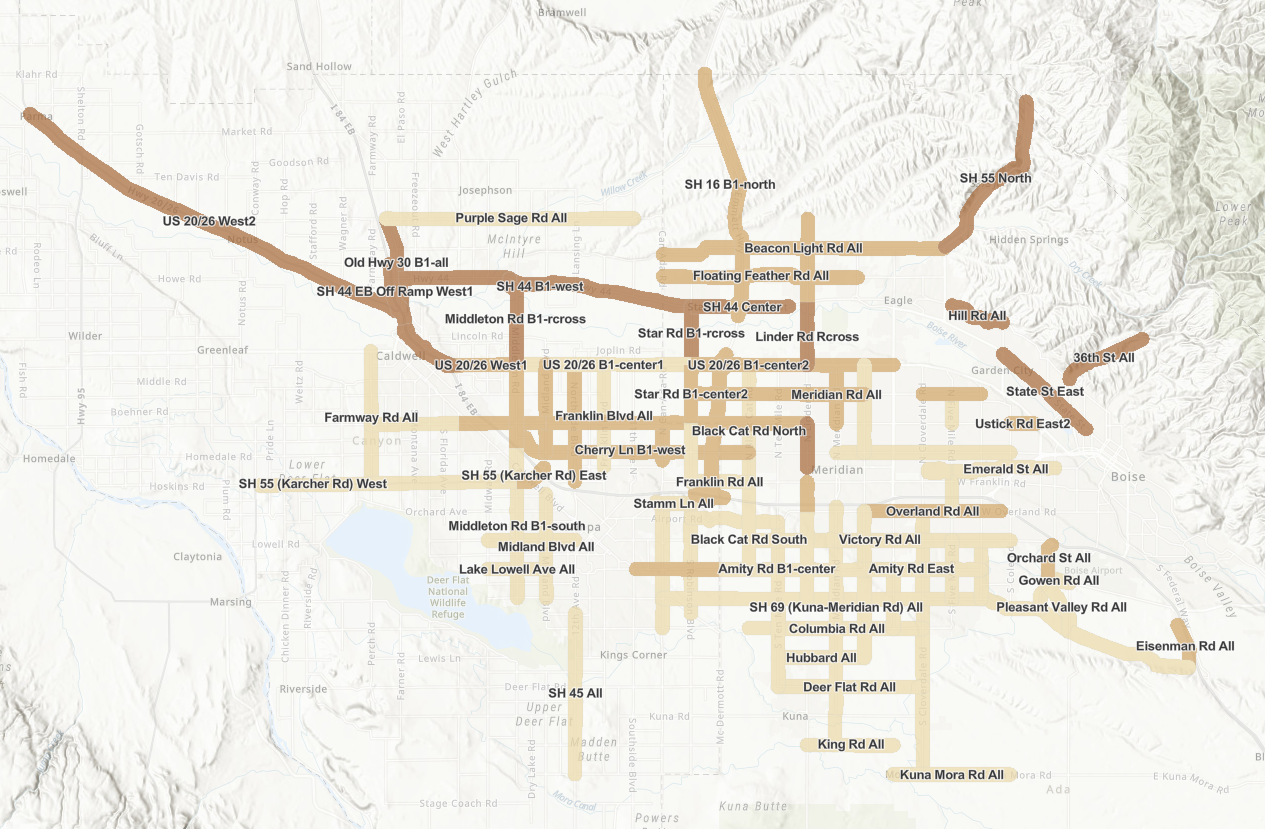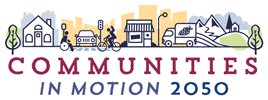Aaaahhh … The Treasure Valley is truly a “treasure.”
Our region is known for its beautiful natural environment and outdoor lifestyle. It’s what makes southwest Idaho such a sought-after place to live and is the backbone of our high quality of life, as well as a key attractor of visitors, which supports local tourism.
Maintaining that quality of life and supporting economic vitality are two of the four goals of Communities in Motion 2050.
The high importance residents place on outdoor recreation and access to open space can be seen in responses to COMPASS’ 2019 “A lot can change in 30 years” survey, where 51% of respondents said they would prefer to spend their leisure time “in nature” – more than all other options combined.
However, we can’t simply take our waterways, foothills, open space, and clear vistas for granted. Our natural environment and environmental conditions impact, and are impacted by, transportation. Without thoughtful planning, we run the risk of losing what makes the Treasure Valley the treasure it is.

Transportation Impacts on the Environment
Transportation – from the locations of our roads and pathways to construction activities to auto exhaust – comes with environmental impacts. Through its planning processes, COMPASS strives to reduce those impacts whenever possible.
COMPASS collaborates with environmental and natural resource agencies, organizations, and stakeholders to identify and address environmental issues relevant to long-range transportation planning.
As Communities in Motion 2050 was developed, these agencies and organizations considered environmental and resource issues near future transportation projects and identified general mitigation strategies. This process helps prepare for project-specific environmental studies at a later date.
In addition, COMPASS conducted an air quality conformity analysis to ensure that planned transportation projects will not cause the region to exceed air pollution “budgets”; learn more about this process on the air quality web page.
The map below depicts locations of potential environmental issues along priority corridors.

Environmental Impacts on Transportation
The Treasure Valley is changing. In addition to explosive growth, the valley is experiencing environmental changes as well:
- Hotter temperatures
- More frequent wildfires
- Increased heavy precipitation events
In addition to the direct impacts of these changes on our daily lives, all of these can also impact the transportation system, resulting in hazardous travel conditions, unexpected maintenance needs, and short- and long-term road closures. These, in turn, affect our commutes, our tax dollars, and our ability to evacuate in an emergency.
COMPASS’ goal is to anticipate, prepare for, and adapt to changing conditions to help minimize disruptions and be able to react and recover quickly when disruptions do occur. In short, we are working to make our transportation system more resilient.
In coordination with member agencies and regional partners, COMPASS is working to protect our natural environment and our transportation system to proactively adapt to ever-changing conditions to support the region’s quality of life for generations to come.

